
City of Galveston
Case Study – City of Galveston uses PIPEMINDER-ONE pressure monitors to revitalise its system and improve resilience
Dual advantage - Acoustic & Pressure Monitoring helps South East Water detect and locate leaks
As the COVID-19 pandemic ushered in work-at-home models across the UK, water become even more precious as residential use spiked.
For South East Water, per-person water use increased in 2020 by a staggering 16%. That has made minimising leaks and main breaks more critical than ever.
The utility had already set the goal of reducing the amount of water lost, both on its network and in customers’ homes, by 15% between 2020 and 2025, with equally ambitious goals for increasing operational efficiency and minimizing service interruptions for its 2.2 million customers.
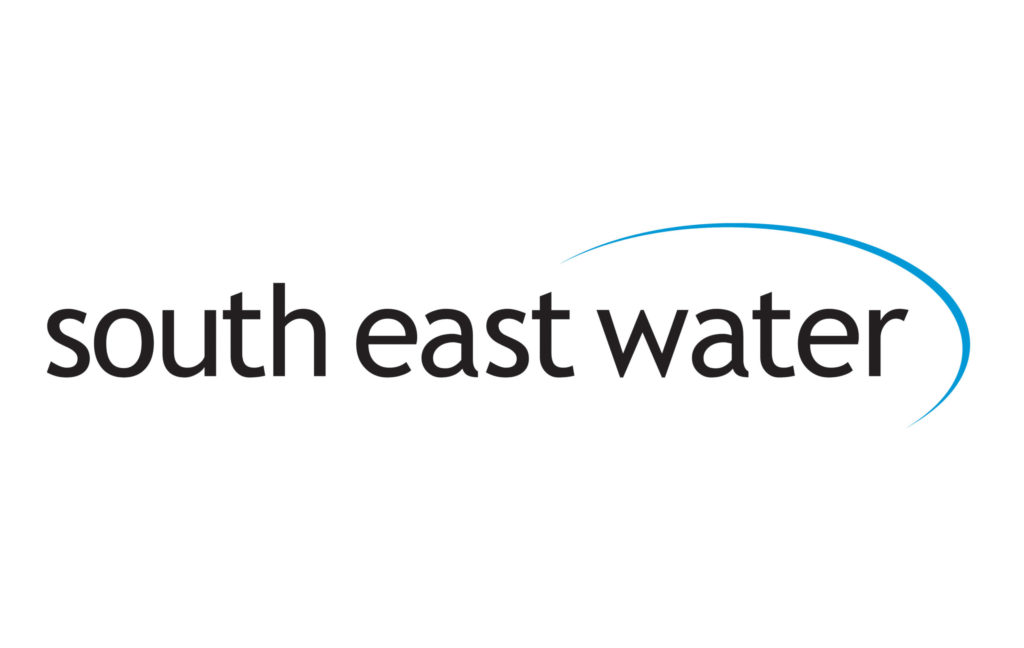
Recognising that pressure transients are a major source of damage to pipes and other network assets, leading to leaks and breaks, In 2021, South East Water embarked on a network calming initiative. To ensure success, they needed the right data and the right monitoring technology.
To achieve this, South East Water initiated a pilot program to assess how intelligent pressure monitoring could help them zero in on the sources of pressure transients. They turned to Syrinix and PIPEMINDER-ONE monitors, combining standard pressure monitoring with acoustic monitoring to support both leak detection and network calming. Detailed monitoring data is sent in real-time to the cloud-based RADAR platform for analysis.
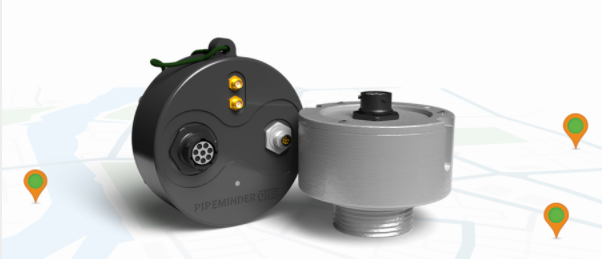
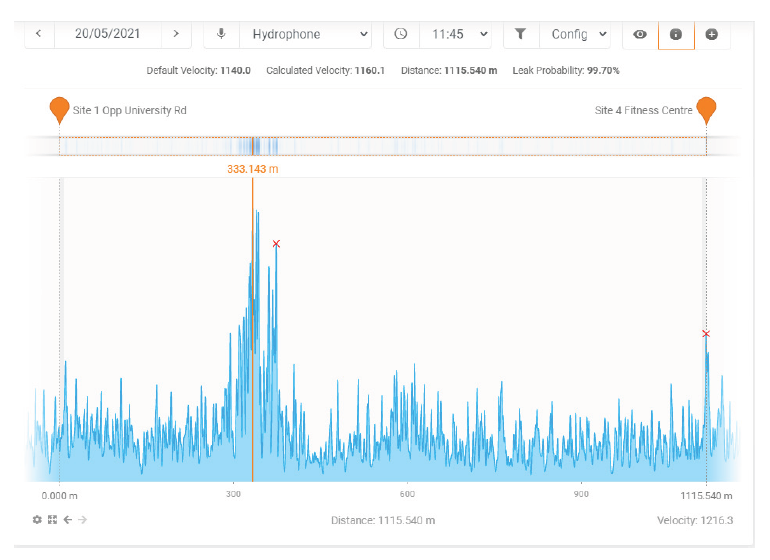
The pilot monitored a stretch of water main running alongside a busy road into town. Three monitoring sites were selected covering a total distance of 1,376 meters. At each location, a compact PIPEMINDER-ONE monitor was installed in an existing fire hydrant. Built-in NTP (network time protocol) clock synchronization facilitates accurate GPS positions without requiring site modifications.
The three units were installed as a string to confirm the distance over which the leak noise could be observed and also to assess the performance of using GPS time-synchronized correlations with NTP.
Daytime and nighttime leak simulations were performed to test the systems’ leak detection performance. Correlation times are typically done at night or in the early morning hours when ambient noise levels are low. However, the ability to run daytime correlations enables semi-permanent monitoring and surveys to meet the utility’s needs.
The South East Water team simulated a leak, which was detected to within 1m, by opening the hydrant, triggering a pressure event on the valve opening.
The graph indicates the pressure drop at the moment the leak was started. Real-time data from the three PIPEMINDER monitors are analysed by the RADAR software to triangulate the location of the leak.
The triangulated result, as shown by the red flag in the map view below, indicated the location of the hydrant to within one metre.
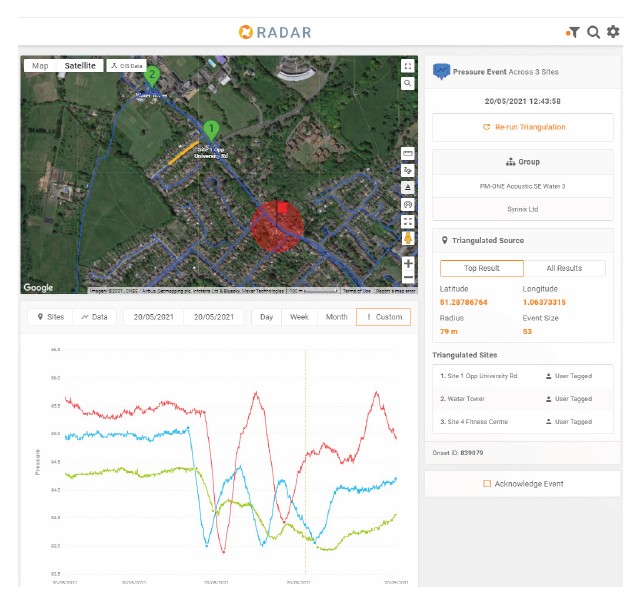
We plan to do a larger-scale project to help us continue to hit our leakage target.”

Case Study – City of Galveston uses PIPEMINDER-ONE pressure monitors to revitalise its system and improve resilience
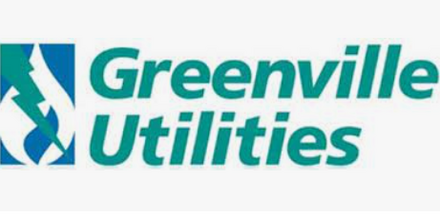
Optimizing Pressure Transient Monitoring With Data-Driven Monitor Placement.
Leave your details and we will be in touch.